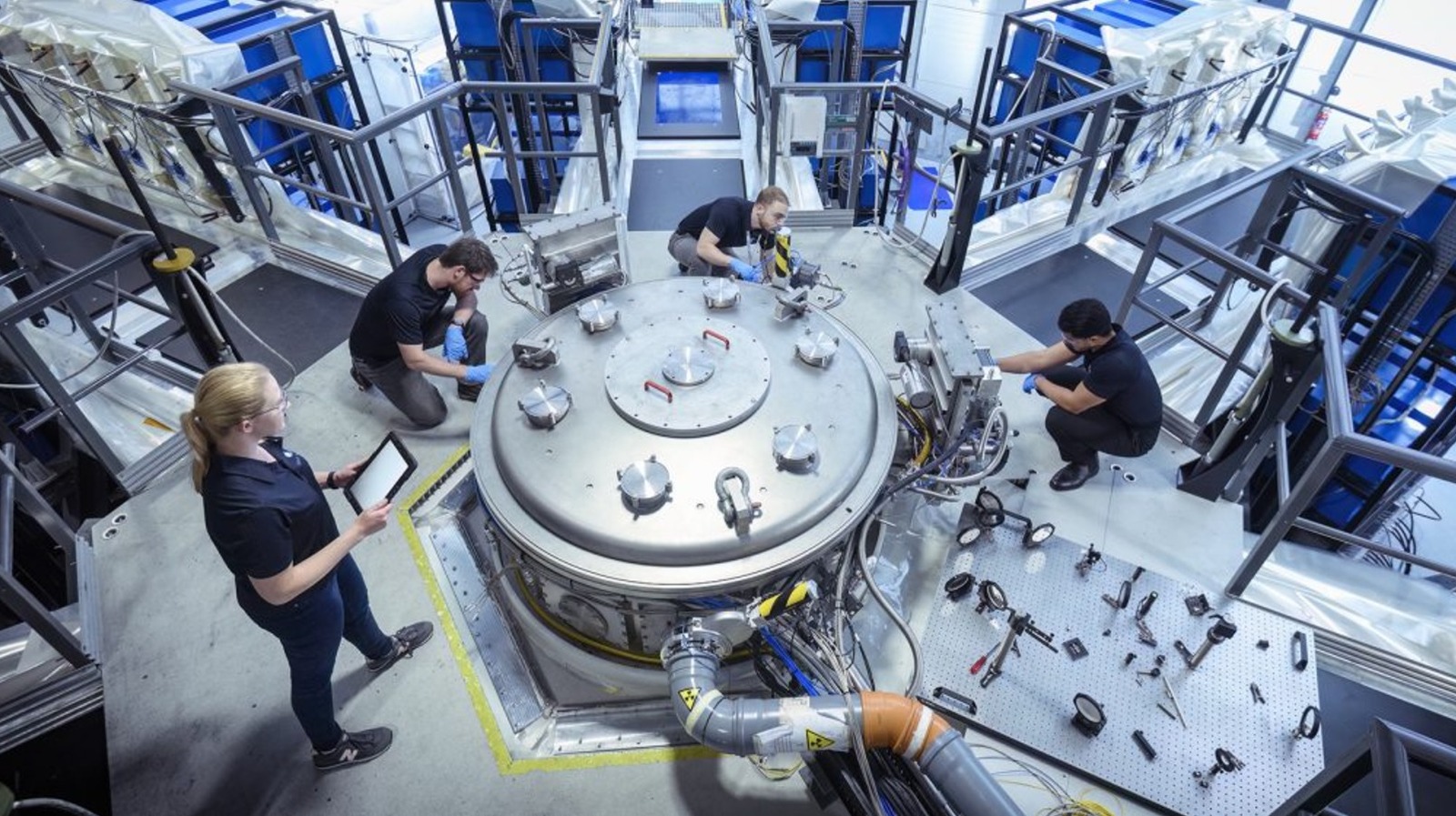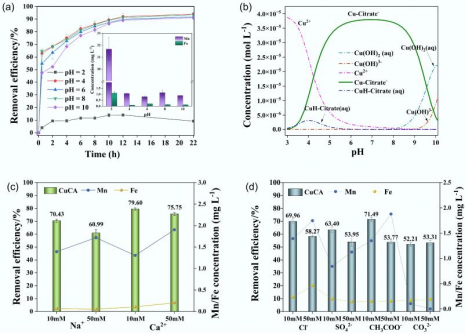Fusion power, a potential game-changer in the quest for sustainable energy, has taken a significant step forward with a recent breakthrough in the United Kingdom. Researchers at First Light Fusion (FLF) have developed a method for achieving “high gain” inertial fusion, marking a pivotal moment in the journey toward creating a commercially viable fusion reactor.
Fusion occurs when two light atomic nuclei combine to form a heavier nucleus, releasing substantial energy in the process. Theoretically, harnessing this energy through a fusion reactor could provide near-limitless power, moving humanity away from fossil fuels and significantly reducing greenhouse gas emissions. Despite numerous advancements in fusion research, a practical reactor has yet to be realized.
The new technique, named FLARE (Fusion via Low-power Assembly and Rapid Excitation), has the potential to achieve a gain factor of 1,000. This is a remarkable improvement over previous experimental gains, such as the four achieved by the U.S. Department of Energy’s National Ignition Facility in May 2025. High gain signifies that a fusion reaction produces more energy than is required to initiate it, a crucial milestone in the development of fusion technology.
FLARE innovatively separates the processes of compressing and heating the fusion fuel. The compression generates a substantial energy surplus, a method known as “fast ignition.” This approach not only demonstrates the feasibility of achieving practical fusion reactions but also capitalizes on previously researched technologies that had not yet been operationalized.
According to FLF’s recent white paper, a single kilogram (2.2 lbs.) of fusion fuel could yield energy equivalent to that of 10 million kg of coal (approximately 22,046,226 lbs.). Ignition, which marks the point at which a small amount of fuel sustains a fusion reaction, requires heating the fuel to around 100 million kelvin (approximately 179,999,540 degrees Fahrenheit). Achieving such extreme temperatures necessitates a significant energy input initially. However, once self-sustaining fusion is reached, the energy output would vastly surpass the input costs.
If FLARE performs as anticipated, it could pave the way for multiple fusion reactors capable of powering the planet sustainably. This development signals a shift in the narrative surrounding fusion energy—from a distant aspiration to a tangible possibility. As research continues to evolve, the timeline for realizing functional fusion power plants seems to be accelerating.
While this achievement is a monumental step, it is important to note that the path to fully operational fusion power plants remains complex. The breakthroughs achieved by First Light Fusion represent a crucial milestone in the ongoing pursuit of clean, renewable energy. The potential implications for global energy consumption and environmental impact are profound, promising a future less reliant on fossil fuels and more aligned with sustainable practices.
As the field of fusion research advances, the focus remains on overcoming the technical challenges that lie ahead. The progress made by FLF and similar organizations may ultimately lead to the realization of fusion power, a long-elusive goal that could redefine energy production worldwide.







